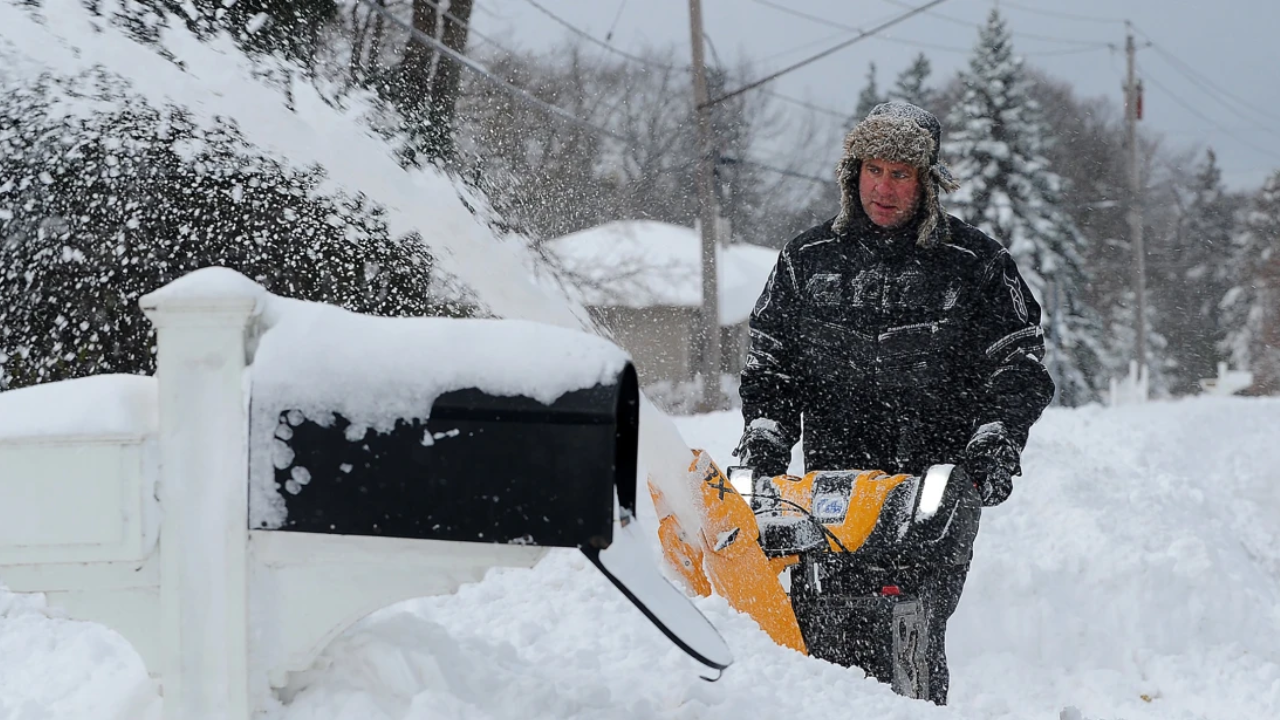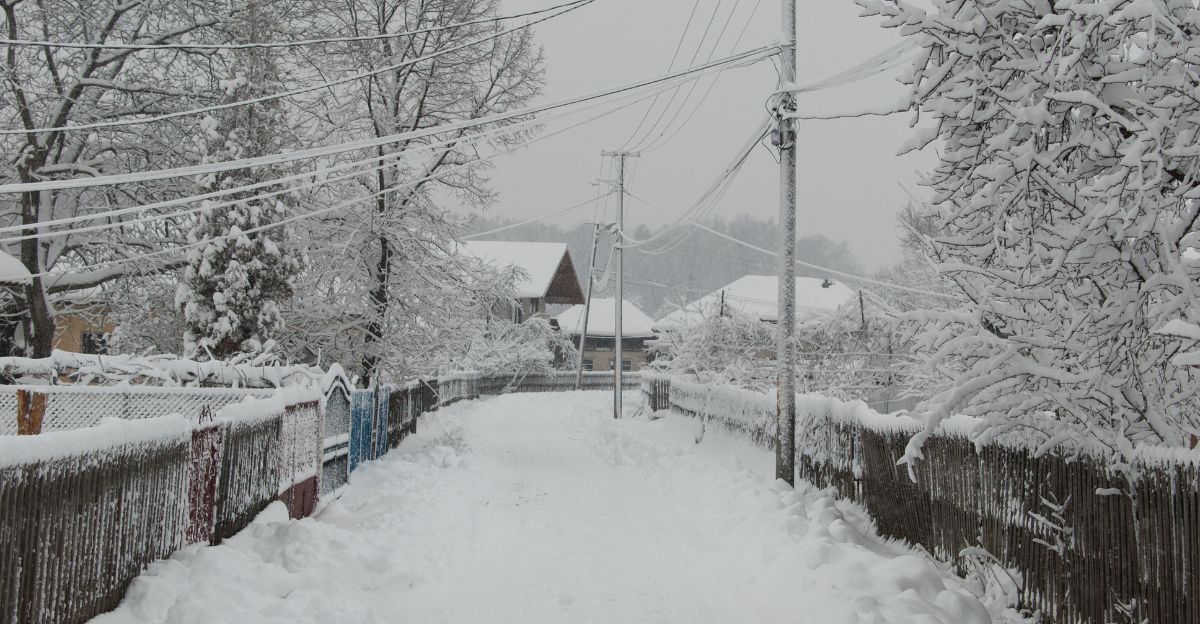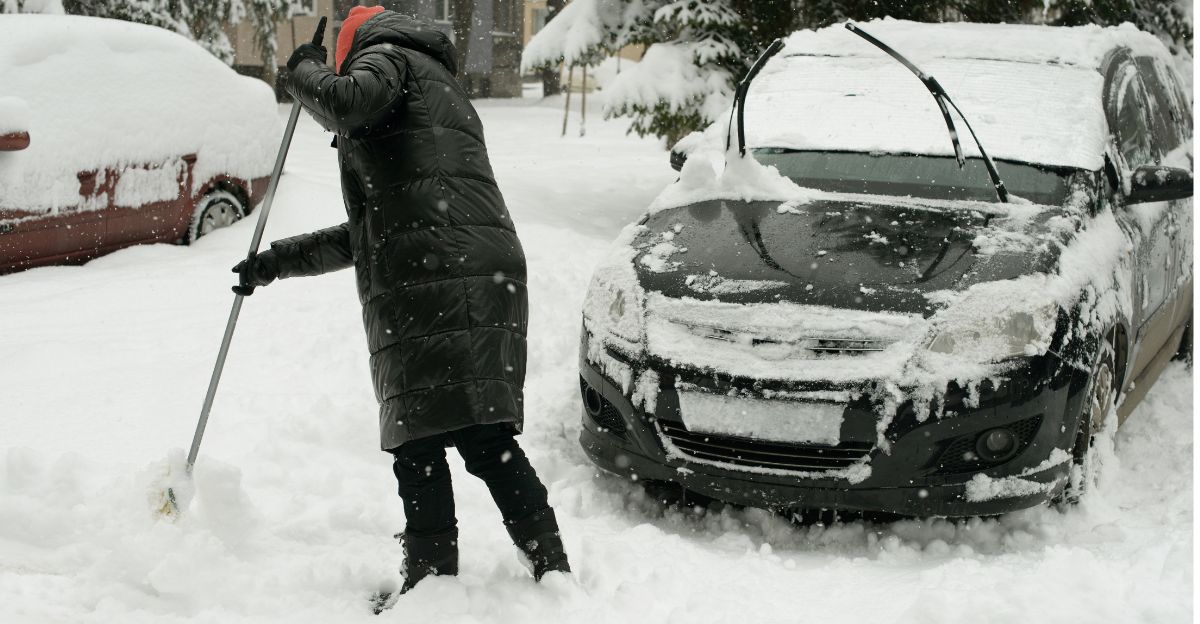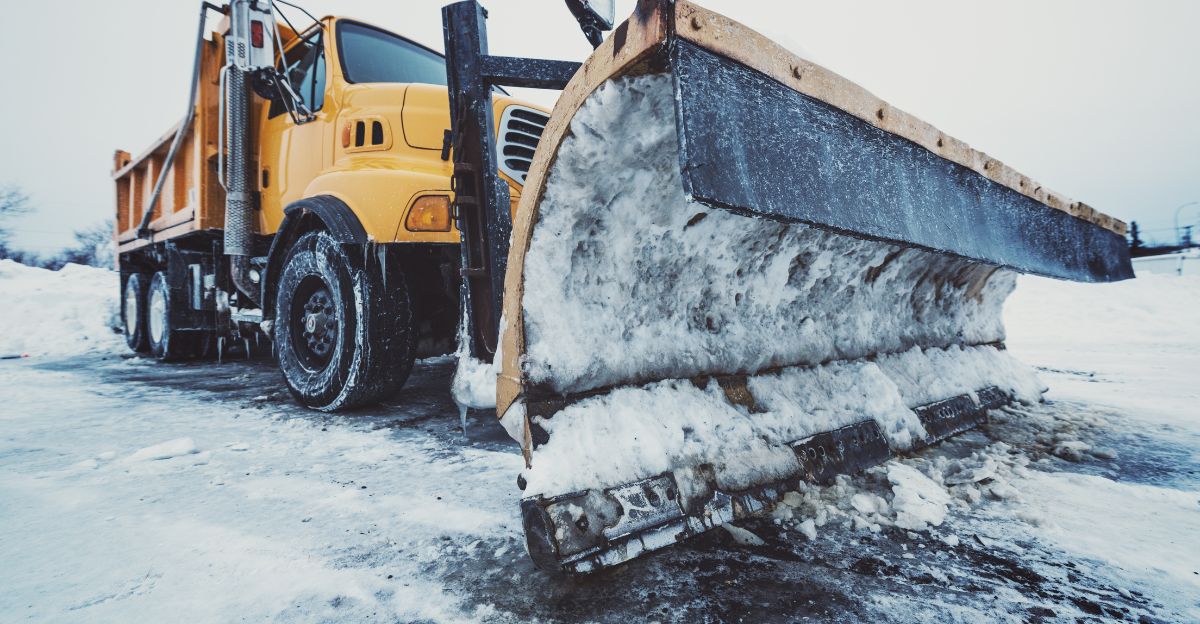
Snowflakes began falling as a powerful winter storm swept across Alaska’s Klondike Highway and the Sierra crest in California, bringing hazardous conditions to thousands of miles of mountain roads. With up to 12 inches of snow forecast for Alaska and as much as 18 inches for California, the storm’s impact is immediate and severe. Winds gusting between 40 and 80 mph are whipping snow into blinding sheets, making travel nearly impossible in some regions. Nevada’s highways are similarly affected, with gusts reaching 60 mph and travelers stranded as conditions deteriorate. The storm’s reach extends from California and Alaska to Utah, Nevada, New Mexico, and even Hawaii, as a cold northern front collides with Pacific moisture, fueling heavy snowfall and blizzard conditions. Meteorologists warn that La Niña may continue to drive similar storms throughout the winter.
Mountain Highways Paralyzed

Critical mountain corridors are facing severe disruptions. Alaska’s Klondike Highway braces for a foot of snow, while California’s Sierra crest expects even more, combined with hurricane-force winds. These conditions create zero-visibility whiteouts, forcing authorities to urge drivers to delay travel. Nevada’s mountain roads are similarly treacherous, with Thursday evening and Friday morning commutes expected to be especially dangerous. The National Weather Service has issued warnings for all affected regions, emphasizing the risk to anyone attempting to navigate these routes. As snow accumulates and winds intensify, emergency closures and delays are likely, stranding travelers and complicating rescue efforts.
Travel and Power Disruptions Intensify

The timing of the storm coincides with the peak Thanksgiving travel season, threatening thousands of flights with delays and cancellations. Past storms have caused widespread aviation chaos, such as the January 2025 event that led to over 2,300 flight cancellations. Major airports, including San Francisco, are preparing for significant disruptions, with de-icing operations expected to slow departures and arrivals. On the ground, the power grid faces mounting pressure. Wet snow and high winds—some reaching 80 mph—pose a serious threat to power lines, especially in isolated mountain towns. In January 2025, similar conditions resulted in over 280,000 outages, leaving residents exposed to dangerously cold temperatures and complicating recovery efforts.
Emergency Response and Supply Chain Strain
Emergency services are stretched thin as snow and wind make travel hazardous for responders. In remote communities across Alaska, California, and other affected states, response times may be delayed for hours or even days. Virtual operations are being activated, but vulnerable populations remain at risk, especially in areas accessible only by dangerous routes. The storm’s grip on mountain corridors is also fracturing supply chains. Freight trucks are halted, retail shelves are emptying, and states face revenue losses as trucking operations stall. Essential services such as grocery stores and fuel stations anticipate shortages, with prices rising and wait times lengthening as goods become stranded on icy highways.
Agriculture, Tourism, and Local Businesses Hit Hard

Ranchers across the storm’s path are scrambling to protect livestock from freezing temperatures and heavy snow. Previous storms have caused significant agricultural losses, including $228 million in livestock losses and $230 million in citrus crop damage during the 2021 Texas storm. Snow and wind chills restrict grazing and freeze water sources, putting entire herds at risk. Power outages further complicate efforts to provide feed and care. Ski resorts and winter tourism businesses face a paradox: while snow is essential for operations, too much too quickly can delay openings and make ski lifts unsafe. Resorts must balance natural snowfall with artificial base-layers, navigating both opportunity and chaos. Meanwhile, small businesses in mountain towns are facing shutdowns during one of their busiest seasons. With roads closed and customers stranded, revenue evaporates, pushing many enterprises to the brink of permanent closure.
Healthcare Access and Climate Implications
Healthcare access is a growing concern for rural mountain communities. Patients needing dialysis, chemotherapy, or routine care may be unable to reach facilities as snow and ice block roads. Some areas are more than 50 miles from the nearest hospital, and delayed emergency services could turn treatable conditions into life-threatening emergencies. The storm also reignites debate over climate change. Scientists note that warmer air holds more moisture, leading to heavier snowstorms. The increasing frequency and intensity of winter storms, marked by heavy snowfalls and high winds, reflect a changing climate and prompt renewed discussions about preparedness and resilience.
Looking Ahead: Preparing for Winter’s Impact

As the storm intensifies, residents are urged to prepare emergency kits with essentials such as flashlights, food, water, blankets, and first aid supplies. Travelers should check road conditions and reconsider non-essential trips. Homeowners are advised to insulate pipes and secure backup heating sources. The storm’s far-reaching effects—from travel and power disruptions to agricultural and economic losses—underscore the interconnectedness and vulnerability of modern society. As extreme winter events become more common, communities must adapt and plan for the challenges ahead, recognizing the stakes for safety, infrastructure, and daily life.